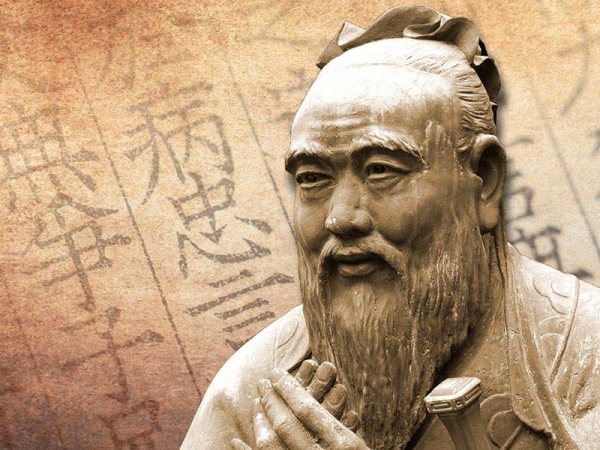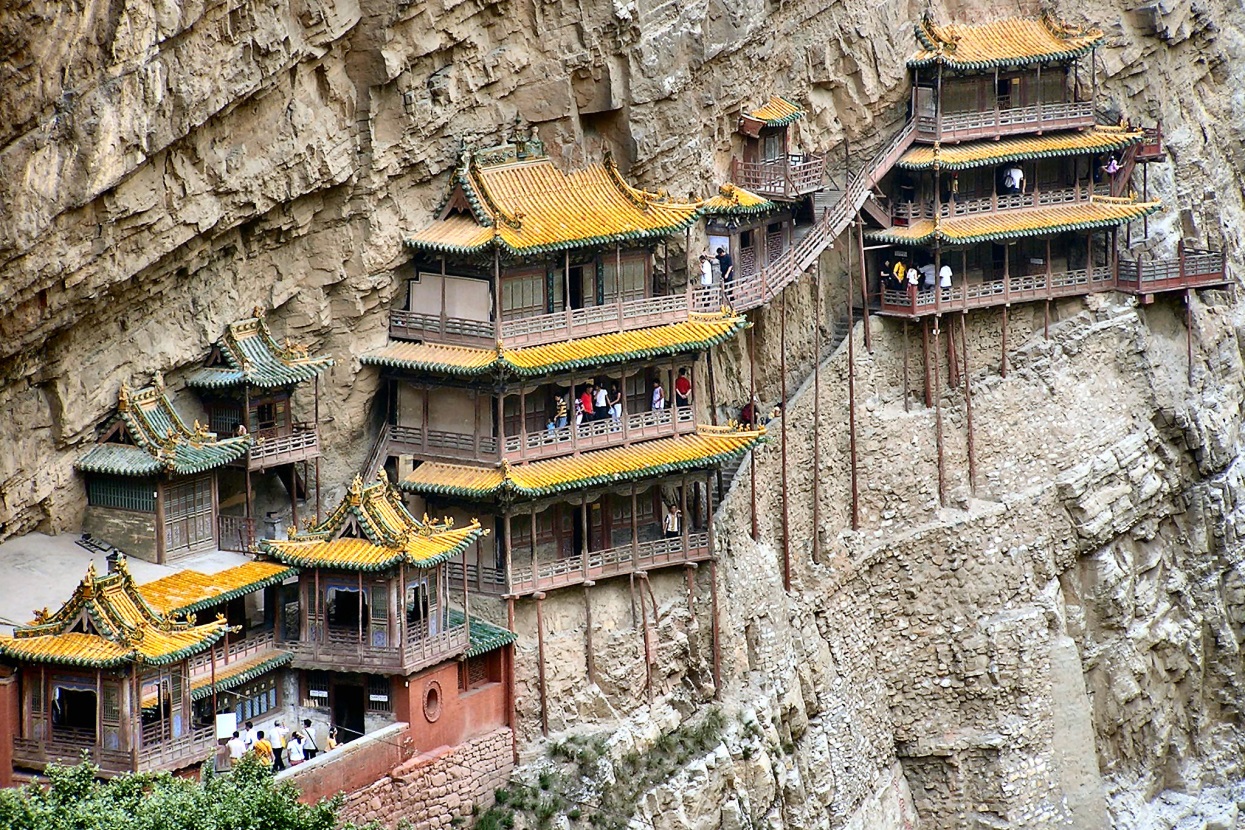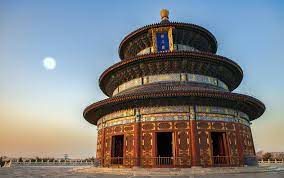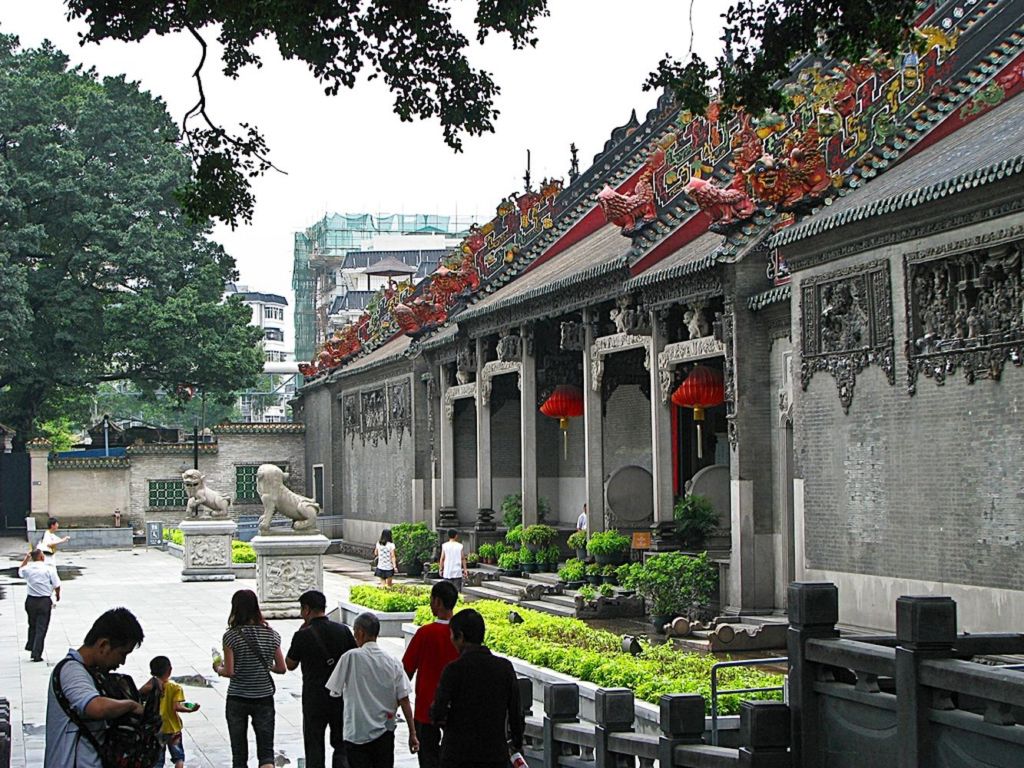Chinese faith: the most visited temples

The most common religions in China
The most prevalent religions in the People’s Republic of China are Buddhism, Confucianism, and Taoism. Some of the population practices Islam and Christianity.
Confucianism holds particular historical significance. The founder of this teaching, Confucius, was a great ancient Chinese philosopher, politician, and educator. Confucianism emphasizes respect for rituals and moral standards, which are rooted in filial piety and deference to elders and superiors.
Taoism originated in China in the 2nd century. Its roots can be traced back to ancient beliefs. Followers of Taoism regard the philosopher Lao Tzu, who lived in the 6th century BC, as their teacher. Taoists worship the supernatural and believe that through self-cultivation, one can achieve immortality and eternal youth. There are about 1,500 Taoist temples and monasteries in the country, with over 25,000 Taoist monks and nuns.
Interestingly, some ethnic minorities like the Miao and Yao practice Christianity, including Orthodox Christianity, mostly among Russians who are officially recognized as one of the 55 ethnic minorities. The so-called Eluosi (ethnic Russians) are descendants of Russian immigrants who moved to China in the early 20th century. Today, the Orthodox community in China numbers about 15,000 people. Most of them reside in Xinjiang and Inner Mongolia, as well as in Beijing and Shanghai. There are four Orthodox churches in China: the Church of the Intercession in Harbin, the Church of St. Innocent of Irkutsk in Ergun, St. Nicholas Church in Ghulja, and St. Nicholas Church in Urumqi.
Some ethnic minorities still maintain primitive nature worship; for example, most Daur, Oroqen, and Evenki people are shamanists.
The largest temples in China include:
- Temple of Heaven in Beijing;
- Jade Buddha Temple in Shanghai;
- Shaolin Monastery;
- Five Pagoda Temple;
- Temple of One Thousand Buddhas;
- Wong Tai Sin Temple in Hong Kong;
- Guangxiao Temple in Guangzhou;
- Kumbum Monastery in Tibet;
- Yuantong Temple in Kunming;
- Shuanglin Temple in Shanxi;
- and Taoist Temple on Mount Taishan.
Buddhist temples
Some of China’s most incredible architectural wonders are the hanging temples and monasteries that ancient monks carved directly into cliffs at great heights to limit access for outsiders and casual onlookers. The provinces of Shanxi, Shaanxi, Guizhou, Gansu, and Fujian are especially rich in unique monuments.
Xuankong Si (translated as Hanging Monastery) is the world’s most amazing temple, boasting not only its location and architecture but also its unique feature of housing shrines from China’s three major religions: Confucianism, Buddhism, and Taoism. Xuankong Si is the only structure in the world built without using foundations or vertical supports. The monks who built this temple first made holes in the sheer cliff face, then secured beams in them using primitive tools and without scaffolding.
Over the past 1,500 years, the temple has been rebuilt and expanded, with high foundation bases made of small stone blocks and wooden supports added to support the structure from below. In recent years, the Xuankong Si Hanging Monastery has become the main attraction of the Hengshan Sacred Mountain nature reserve in Shanxi province, 65 km from Datong city.

Fanjingshan, or Mount Fanjing in Guizhou Province in southwest China, is considered a sacred Buddhist site with two unique temples. To reach them, you’ll have to climb exactly 8,000 steps!
Many Buddhists believe that Fanjingshan is where one can achieve spiritual enlightenment, as Maitreya Buddha did. Since the Tang dynasty, which ruled China from the 7th to 10th centuries, numerous temples were built here, though many have not survived to this day. Today, Mount Fanjing is one of the main attractions in the Fanjingshan region.
China’s most famous temple
Temple of Heaven in Beijing
The Temple of Heaven, or Tian Tan, is located not far from the Forbidden City. It was built to offer sacrifices to the gods of Heaven and Earth. After some time, a separate temple was erected for the Earth gods. Locals consider the Temple of Heaven to be the most revered imperial temple. The roof of the structure, consisting of three tiers, is made of blue tiles that echo the color of the sky.
Of particular interest is the altar, made up of marble slabs laid in several rows on top of each other, with their number being a multiple of 9. This number holds great significance in Chinese mythology—9 is seen as a symbol of supreme power.

Chinese mosques: At the intersection of two cultures
Chinese mosques represent a vibrant and unique fusion of Arab and Chinese cultures.
- Huaisheng Mosque, Guangzhou
- Niujie Mosque, Beijing
- Dalian Mosque, Dalian
- Id Kah Mosque, Kashgar
- Lhasa Grand Mosque, Lhasa
- The Great Mosque of Xi’an, Xi’an
- Taipei Grand Mosque, Taipei
The main mosque in Guangzhou, China, called the Huaisheng Mosque, is also known as the “Lighthouse Mosque”. The minaret of the Huaisheng Mosque is built in the Chinese style of the Tang dynasty. Its unique architecture and history make it extremely attractive to both tourists and locals. This iconic structure was built over 1,300 years ago, making it one of the oldest mosques in China.

The Niujie Mosque translates to “Ox Street Mosque” because it is located on Niujie (Ox Street) in Beijing’s Xicheng district. It is the oldest and largest mosque in China’s capital city.
The Dalian Mosque was founded in 1922. During the Cultural Revolution and until 1979, the mosque was closed. It is currently operational.
The Id Kah Mosque is the largest mosque in China, capable of accommodating up to 20,000 worshippers at once. It is located in the central square of Kashgar city. It was built in 1442, although the oldest sections can be dated back to the 10th century.
The Lhasa Grand Mosque is located in Lhasa, the very heart of Tibet. The mosque was built in 1716 and expanded in 1793. However, it soon burned down completely in a fire and was not rebuilt until 1959. The mosque’s main hall is 285 square meters.
The Great Mosque of Xi’an is one of the four largest mosques in China and the oldest mosque in Xi’an. Since 1988, the mosque has been included in the list of specially protected historical heritage sites of the People’s Republic of China.
The Taipei Grand Mosque is the largest mosque in Taiwan. Its construction was completed on April 13, 1960. The mosque covers an area of 2,747 square meters.